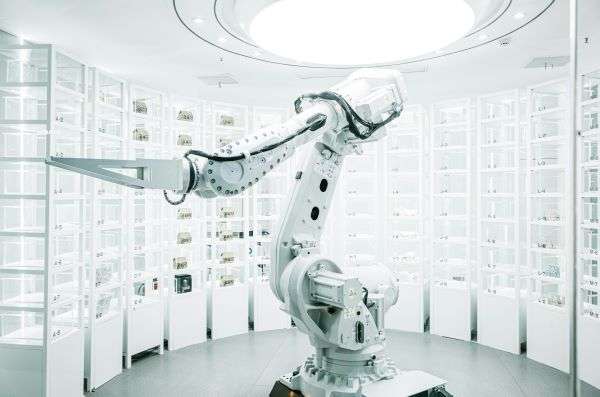In the rapidly evolving technological landscape, Artificial Intelligence (AI) has emerged as a game-changer, transforming industries and revolutionizing processes. This article will explore the distinctions between Applied AI and Generative AI, focusing on the practical applications of Applied AI in enhancing the efficiency of warehouse picking processes.
Understanding Applied AI and Generative AI
Applied AI refers to systems designed to perform specific tasks, imitating human intelligence within a narrow domain. These systems are trained on extensive datasets and follow pre-set algorithms to achieve a particular goal. In contrast, Generative AI is designed to generate new, original content, focusing on creating outputs such as images, text, audio, or video that were not explicitly present in the training data.
In the context of warehouse management, Applied AI plays a pivotal role in boosting efficiency, accuracy, and productivity by solving specific problems and streamlining tasks. Generative AI, on the other hand, might be more suited for creative tasks like designing new packaging or optimizing warehouse layouts.
Practical Applications of AI in Warehouse Operations
Applied AI can significantly impact warehouse operations in the following ways:
Optimizing On-Floor Travel:
Applied AI uses machine learning algorithms to optimize routing in warehouse picking, considering factors like order priority, item proximity, and warehouse traffic. This results in streamlined picking routes, reducing travel time and boosting overall productivity.
Dynamic Slotting:
AI-driven slotting can lower implementation costs and increase productivity by learning spatial characteristics and travel time predictions based on machine learning and activity-level data.
Workflow Orchestration:
AI can optimize the movement of people and totes through the pick module for maximum efficiency by using pick rates by zone, labor in zone, totes, and pieces traveling/waiting/being picked in each zone.
Robotic Process Automation (RPA):
RPA in a warehouse environment involves using software robots or bots to automate repetitive tasks and streamline processes, improving efficiency, accuracy, and productivity.
Computer Vision for Object Recognition:
Computer vision systems, powered by AI, can accurately identify and recognize objects in a warehouse setting, enhancing the precision of item recognition and reducing errors in the picking process.
In the dynamic world of warehouse management, Applied AI stands as a powerful ally, offering concrete solutions to enhance efficiency, accuracy, and productivity. As technology continues to advance, the synergy between human workers and Applied AI promises to redefine the standards of excellence in warehouse operations.




